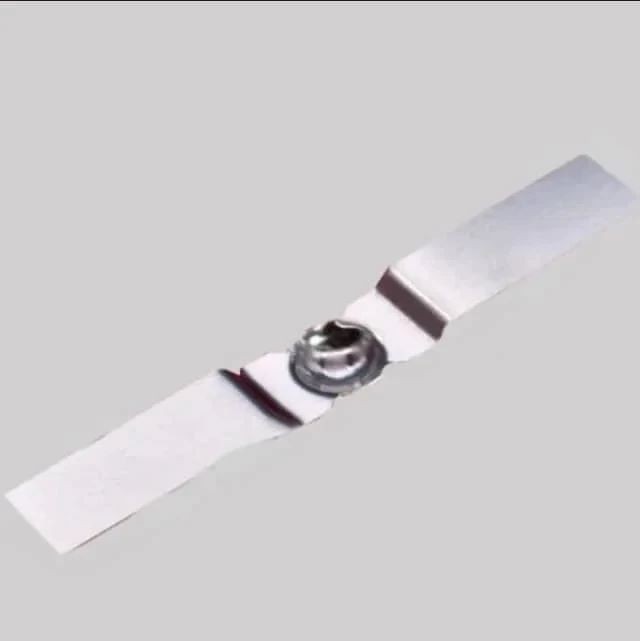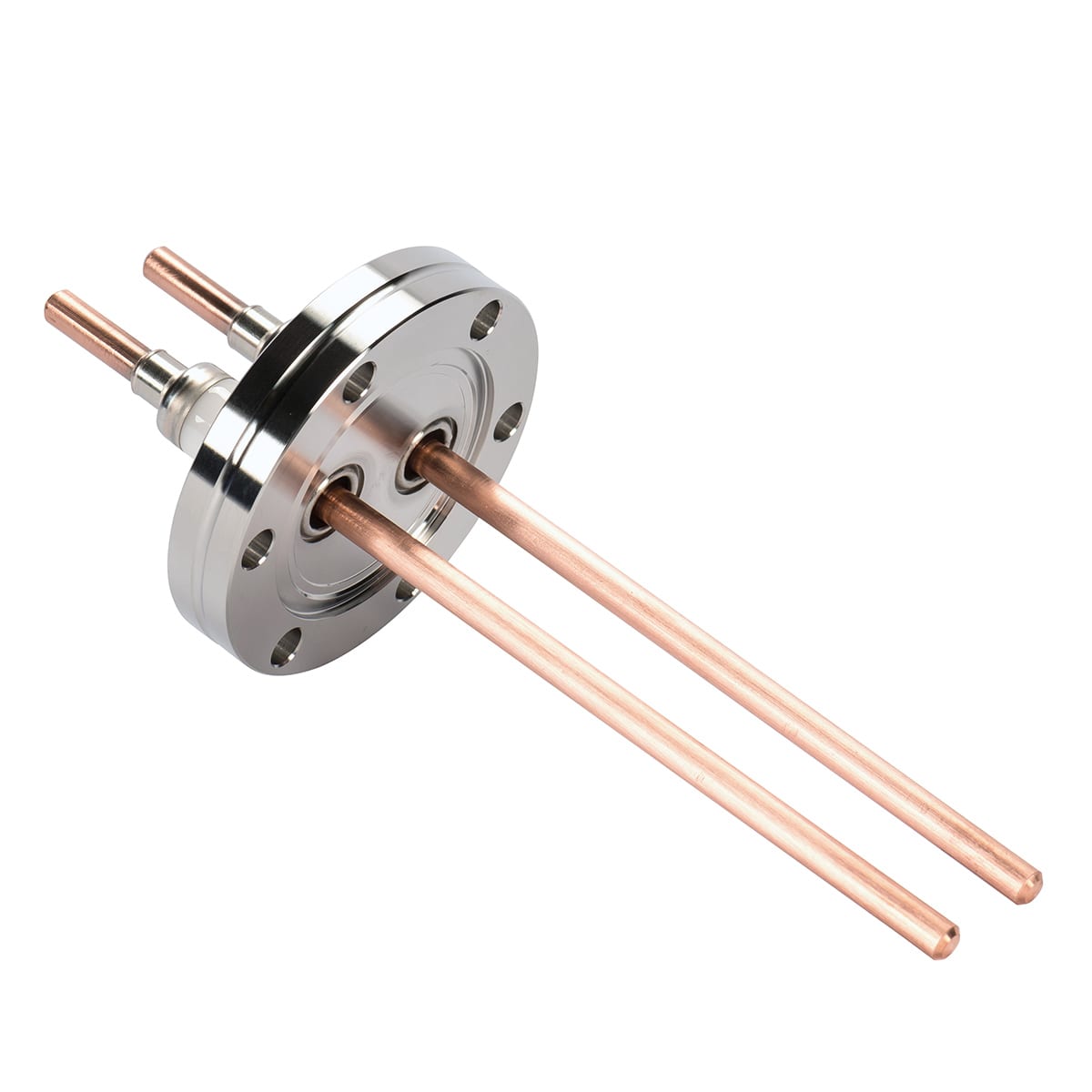Twospoons
International Hazard
    
Posts: 1329
Registered: 26-7-2004
Location: Middle Earth
Member Is Offline
Mood: A trace of hope...
|
|
Substrate heater for vacuum chamber
I have this idea I want to try that requires heating TiO2 coated Ti mesh to 800C or so under vacuum.
I have a bell jar and vacuum pump, just need to create a heater.
I could just run a large current through the mesh, but I'd need to add high temperature high current connections, and generate a very large, low
voltage current ( the latter is not that difficult for an EE like me).
The other option is an IR heater - I'm leaning towards making a panel of linear halogen lamps with a reflector behind them.
Anyone have experience with this sort of thing - either using or building a substrate heater for a vacuum chamber?
Helicopter: "helico" -> spiral, "pter" -> with wings
|
|
|
Rainwater
National Hazard
   
Posts: 943
Registered: 22-12-2021
Member Is Offline
Mood: Break'n glass & kick'n a's
|
|
Ir heat (radiation transfer) is slow and inefficient. Not that it will not work, but is hard to do with manageable losses.
800c is a difficult target with this method.
I would suggest inductive heating. Their cheap to make(100s of videos online) and can be quite effective but difficult to regulate, which may/maynot
be a problem.
It also mostly works with metal, and not compounds. So this may be another issue.
The primary coil can be build to vacuum spec, sized and shapped as needed, and cooled seperately to prevent unwanted outgassing. They are also very
cheap, diy less than $100, professional 500 and up depending of your requirements. (50g charge with a diameter less than 6in)
The problem will be preventing the formation of plasma or shielding plasma which can caused unwanted material transfer.
"You can't do that" - challenge accepted
|
|
|
Morgan
International Hazard
    
Posts: 1705
Registered: 28-12-2010
Member Is Offline
Mood: No Mood
|
|
Would a simple flame and evacuated long relatively inexpensive narrow quartz tube work if you don't need a large diameter? Fused quartz will handle
850C long term and short-term 1100C.
|
|
|
Ubya
International Hazard
    
Posts: 1247
Registered: 23-11-2017
Location: Rome-Italy
Member Is Offline
Mood: I'm a maddo scientisto!!!
|
|
you could recycle physical vapor deposition hardware for your project.
they aren't super cheap, but you can buy high current feedthoughs, and molybdenum boats/coils to evaporate whatever you want.

 
---------------------------------------------------------------------
feel free to correct my grammar, or any mistakes i make
---------------------------------------------------------------------
|
|
|
Twospoons
International Hazard
    
Posts: 1329
Registered: 26-7-2004
Location: Middle Earth
Member Is Offline
Mood: A trace of hope...
|
|
The end goal is to produce a Ti electrode with a surface coating of Ti4O7, ideally 100mm square or larger. So that rules out
narrow tubes.
Other methods I've seen in the literature involve reducing TiO2 in a hydrogen or argon atmosphere in a furnace, using H2, C or
Ti powder as a reductant. But I don't have a furnace.
Plasma spraying is another coating method, but I don't have a plasma spray gun, and I'd still have to make or buy the Ti4O7
powder.
For some reason ready made electrodes are stupidly expensive (300USD on ebay) or I'd just buy some.
There are some ceramic IR heaters (for stove hobs) on Aliexpress that might do the job, assuming they survive vacuum.
Helicopter: "helico" -> spiral, "pter" -> with wings
|
|
|
wg48temp9
National Hazard
   
Posts: 786
Registered: 30-12-2018
Location: not so United Kingdom
Member Is Offline
|
|
You can construct a high current feed through from the output stub of a domestic microwave oven. Thats the cylindrical item projecting from the top of
the magnetron. The pink part is the ceramic insulator. The thimble above the pink ceramic when removed (it's usually a push on fit) reveals a short
copper tube (about 6mm diameter) crimped closed. The crimp can be cut off or prised open to allow a copper rode or tube to pass through and soldered
to the copper tube. The stub must be cut at its base to remove it from the rest of the magnetron.
The lower pink item has two molybdenum 1mm wires sealed through it. That can be used to make a two wire medium current feed through.

I am wg48 but not on my usual pc hence the temp handle.
Thank goodness for Fleming and the fungi.
Old codger' lives matters, wear a mask and help save them.
Be aware of demagoguery, keep your frontal lobes fully engaged.
I don't know who invented mRNA vaccines but they should get a fancy medal and I hope they made a shed load of money from it.
|
|
|
Mateo_swe
National Hazard
   
Posts: 548
Registered: 24-8-2019
Location: Within EU
Member Is Offline
|
|
Be aware that the ceramic parts in the magnetron picture above (the pink things) used to be made from beryllium oxide.
I dont know if they still are made from beryllium oxide but it might be so.
Beryllium oxide is very dangerous, especially if the piece is damaged and some dust is formed.
Inhaling such dust will cause uncorrectable damage, Chronic Beryllium Disease.
Something to keep in mind when fiddling with these magnetron parts.
|
|
|
Twospoons
International Hazard
    
Posts: 1329
Registered: 26-7-2004
Location: Middle Earth
Member Is Offline
Mood: A trace of hope...
|
|
I know about the BeO ceramics. If i'm making vacuum feedthroughs I'll just use glass tubing, solid wire, and epoxy. We're not talking high vacuum
here, so a little bit of outgassing isn't goin to be a problem.
Helicopter: "helico" -> spiral, "pter" -> with wings
|
|
|
wg48temp9
National Hazard
   
Posts: 786
Registered: 30-12-2018
Location: not so United Kingdom
Member Is Offline
|
|
Quote: Originally posted by Mateo_swe  | Be aware that the ceramic parts in the magnetron picture above (the pink things) used to be made from beryllium oxide.
I dont know if they still are made from beryllium oxide but it might be so.
Beryllium oxide is very dangerous, especially if the piece is damaged and some dust is formed.
Inhaling such dust will cause uncorrectable damage, Chronic Beryllium Disease.
Something to keep in mind when fiddling with these magnetron parts. |
The pink, purple or white ceramic in modern microwave oven magnetrons is an aluminium ceramic, I also doubt it would ever have been a beryllium oxide
ceramic. Beryllium oxide ceramics are used where electrical insulation and good thermal conduction is required. The ceramic in these magnetrons is
principally used for its electrical insulation characteristics. There is simple no reason to use an expensive and potentially dangerous ceramic.
The microwave oven I dismantled in about 1976 had glass insulation at both ends. It also had a proper large transformer with copper windings, LOL.
[Edited on 7/16/2024 by wg48temp9]
I am wg48 but not on my usual pc hence the temp handle.
Thank goodness for Fleming and the fungi.
Old codger' lives matters, wear a mask and help save them.
Be aware of demagoguery, keep your frontal lobes fully engaged.
I don't know who invented mRNA vaccines but they should get a fancy medal and I hope they made a shed load of money from it.
|
|
|